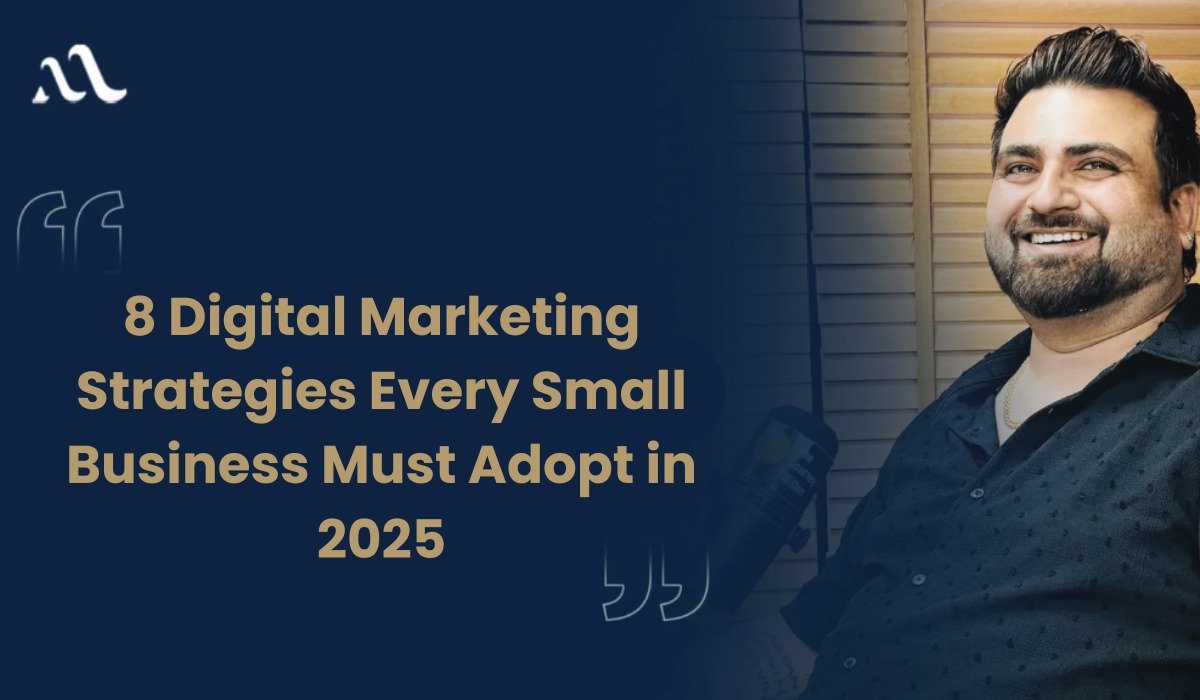In the current competitive market the ability to create a high-quality product or service isn’t enough. Companies that succeed are those that blend creativity and strategic thinking. A mindset which aligns business objectives with customer requirements, business objectives, and market trends to create long-term achievement.
Strategistical thinking can be described as the unspoken power that transforms thoughts into actions and campaigns into growth and companies into well-known as recognized brands. We’ll discuss the significance of strategic thinking as well as how it influences the brand’s success, as well as practical ways to integrate it into your business plan.

What Is Strategic Thinking?
The essence of strategic thinking is the ability to anticipate, plan and take decisions with a an outlook for the long term. It includes:
- Understanding trends in the marketplace and understanding the behavior of customers
- Identifying threats and opportunities
- In coordinating actions, you can align your efforts with the overarching business objectives
- Making educated decisions to maximize impact and reduce risk
In contrast to short-term tactical choices the strategic approach ensures that your brand’s consistency, modern and able to compete.
Why Strategic Thinking Is Crucial for Brand Success
- Builds a Clear Brand Identity
Brands without direction risk confusion in the market. Strategic thinking makes sure your brand’s identity is clear. identity, including its purpose, values and tone as well as visual language so that customers know and believe in it. - Aligns Marketing and Business Goals
Strategically-minded brands don’t simply create campaigns, they also design campaigns that are in line with business goals whether that’s gaining market share or launching a new product, or boosting the customer’s loyalty. - Enables Better Decision-Making
When confronted with the decision of whether to go with operational or marketing the strategic approach provides an approach to making decisions. This can reduce the need for reactive decision-making and makes sure that every action is in support of the growth of the brand and builds its equity. - Prepares for Market Shifts
Markets evolve rapidly. Brands who think strategically can anticipate changes in the market, such as technological advancements or competitor movements, or changes in consumer behavior–and adjust before being forced to react.

The Impact of Strategic Thinking on Brand Growth
- Stronger Customer Connections
A company that is aware of its customers, anticipates their requirements, and consistently provides worth builds emotional trust. Strategic thinking will ensure that messages as well as content and product products resonate with the target customers. - Consistent Brand Experience
Consistency across campaigns, channels and other touchpoints increases credibility. Strategic planning is a way to keep this consistency going that increases the credibility and trust of your brand. - Optimized Resource Allocation
Every business is faced with limited resources. Strategic planning will ensure that money and time are put into initiatives that will yield the greatest return on investment. - Competitive Advantage
Through analyzing competition market gaps, gaps in the market, and the preferences of consumers Strategic brands can distinguish themselves and assert their unique market position. - Long-Term Growth
Brands that focus on the long term, instead of trying to win in the short term, will achieve long-term successful businesses. Strategic thinking can help keep the your focus on creating value for the future.
How to Incorporate Strategic Thinking Into Your Brand
1. Define Your Brand’s Vision and Mission
Your path to success begins with clarity. Ask:
- What is the purpose of your brand other than the profit?
- What impact over the long term do you intend to have?
- What are your values that translate into a better customer experience?
A clear understanding guides each marketing decision, and also ensures the strategic alignment.
2. Understand Your Audience Deeply
Strategic brands go far beyond basic demographics. Make use of polls, surveys and social media and analytics to learn:
- Needs and pain points of the customer
- Patterns of purchase behavior and decision-making
- The emotional triggers that affect loyalty
This ensures that your brand’s message is heard.

3. Analyze the Competition
Analysis of competitors is more than only benchmarking, it’s strategic foresight. Find weaknesses between their products, communication shortcomings and ways to make a mark.
4. Set Clear, Measurable Goals
A strategy that isn’t backed by metrics is nothing more than an idea. Utilize KPIs to measure the success of your strategy in areas such as:
- Brand recognition and reach
- Conversion rates and engagement
- Loyalty and retention of customers
These measures guide adjustments and provide strategic direction.
5. Develop Flexible, Scenario-Based Plans
Strategic thinking can also mean anticipating changes. Develop plans that take into account diverse scenarios, including changes in the market in the form of new rivals or changes in the economy. Flexibleness allows your brand to move without losing its direction.
6. Foster a Strategic Culture Within Your Team
Success in branding doesn’t have to be top-down. Encourage your team members to think strategically:
- Participate in goal-setting and plan
- Recognize innovative, data-driven concepts and reward them
- Encourage collaboration between sales, marketing, as well as Product teams.
A team that is aligned with strategic planning ensures every interaction improves the image of the brand.

The Psychology Behind Strategic Branding
Strategic thinking is a way to tap into both the psychological and rational aspects of customers.
- In a rational way, customers are drawn to companies that can solve their problems quickly.
- They are drawn by their emotional appeal to brands that have a consistent image credibility, trustworthiness, and value.
Through combining market research along with audience knowledge and long-term strategy Strategic thinking connects the heart and the head, resulting in deeper connections that lead to loyalty.
Conclusion
Thinking strategically has become an option for companies- it’s a must. Companies that are strategic in their thinking can better change, evolve, and excel in a world of competitive markets.
From clarifying your goals and identifying your target audience, to assessing your success and creating the right team culture each step should be geared towards the long-term development. If done correctly strategically, it transforms a brand’s image from a simple product or service to a trusted, long-lasting presence on the market.
FAQs
1. Small-scale businesses could profit from the strategic approach?
Absolutely. Small businesses can gain clarity efficiency, effectiveness and sustainable growth through taking a strategic approach.
2. How can strategic thinking help marketing campaigns?
It makes sure that campaigns are aligned with the business’s goals that resonate with the public and increase the ROI.
3. Does strategic thinking only apply to leaders?
The whole team can foster collaboration, creativity and a sense of alignment across departments.
4. When should brands review its strategies?
Brands should be reviewing their strategies at least every three months or at any time significant market shifts happen.
5. What’s the most costly mistake made in branding strategy?
Relying on short-term promotions without considering branding and customer loyalty.







